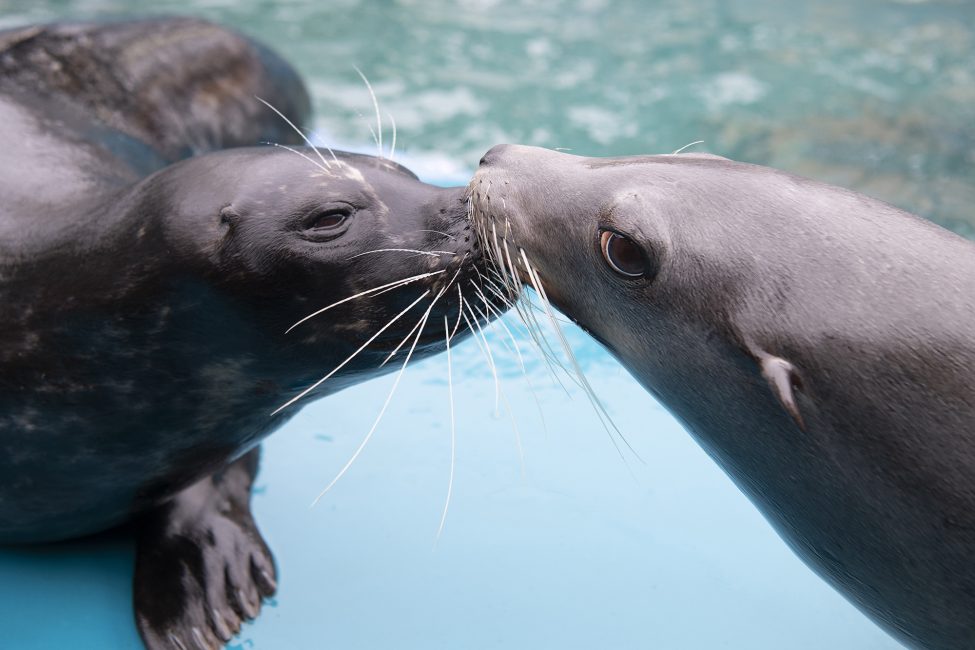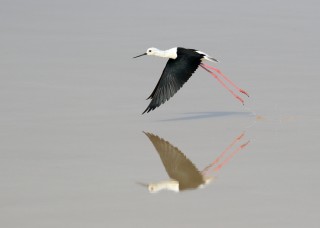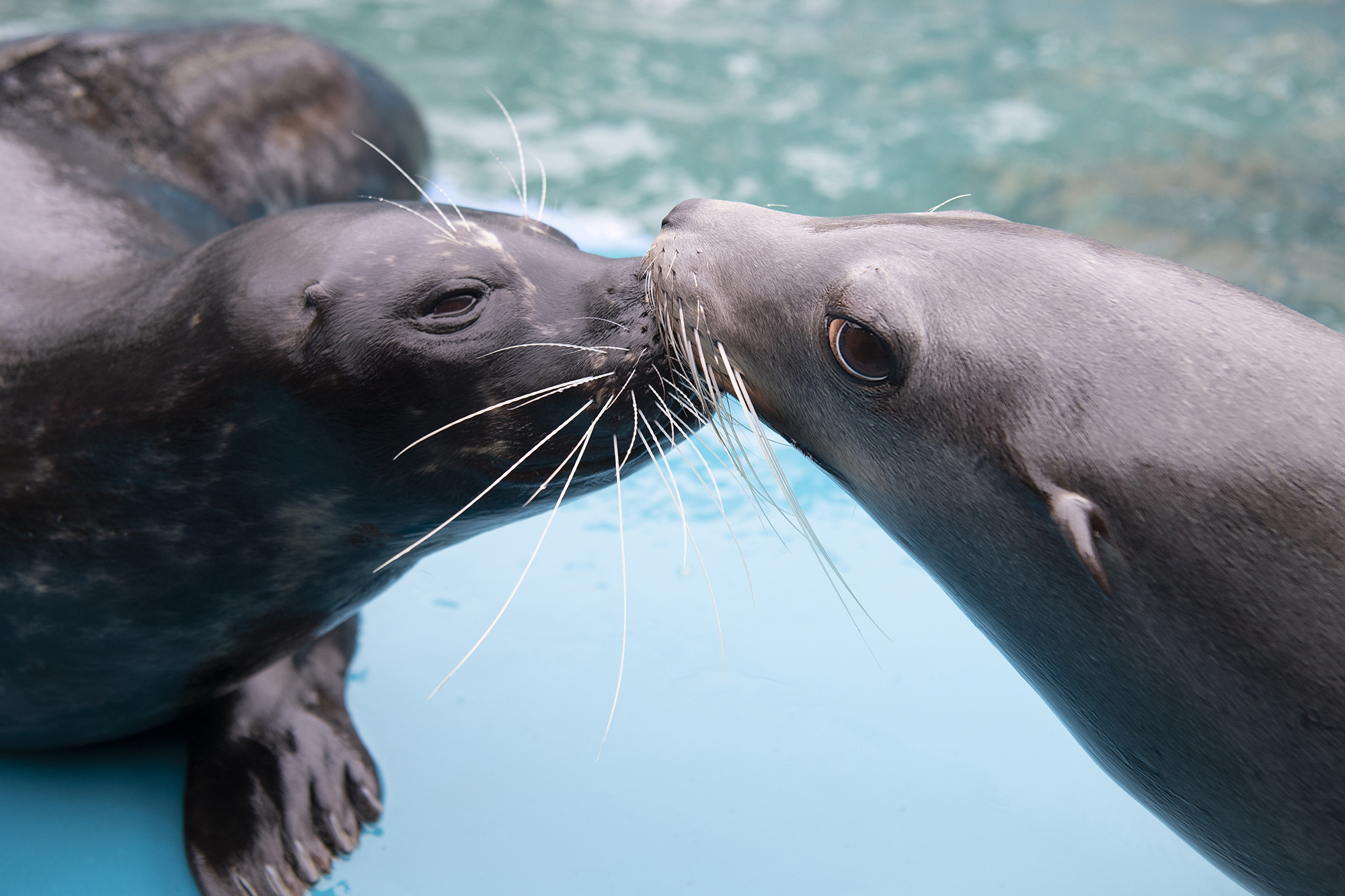
December 16, 2021
Spot the Difference
- as seen by -
 Sarah Rashed
Sarah Rashed
“What is the difference between seals and sea lions?”
This is a question we often get asked at the Wildlife Conservation Society’s New York Aquarium.
They are part of a group of mammals called pinnipeds which includes eared seals (sea lions and fur seals), true seals (seals), and walruses. Walruses are easily distinguishable due to their size and tusks, but many people have a difficult time knowing the differences between eared seals and true seals.
There are 18 different species of true seals and 16 different species of eared seals (6 sea lion species and 10 fur seal species). At the aquarium, we have California sea lions (Zalophus californianus) that are eared seals and both Atlantic and Pacific harbor seals (Phoca vitulina) that are members of the true seals (see above picture).
These marine mammals have different adaptations. Here is the key to telling them apart.
First, look at the side of the animal’s head. If there are visible ear flaps (called external pinnae), they are eared seals (like our California sea lions). True seals (like our Atlantic or Pacific Harbor seals) lack an external ear flap. All that can be seen are pinholes located an inch behind each eye.
The second difference is each species’ front flippers. Eared seals have large front flippers the size of a human arm, which they use to propel them through the water at speeds up to 25 mph. True seals have much smaller front flippers for steering. They use their hind flippers for propelling themselves, in a side-to-side motion called “sculling”, much like a rudder on a boat.
And lastly, the way each species moves on land is distinct. Eared seals have an adaptation called a rotating hip bone. They can rotate their hind flippers up under their bellies and walk or gallop on land in short bursts of speeds up to 15 mph. True seals do not possess this adaptation. When they move on land, true seals use strong stomach muscles which makes them look like an overgrown inchworm.
Despite their differences, true seals and eared seals are found in the same environment in the wild and living together at the aquarium. If you want to compare these species side-by-side, head over to the Aquatheater or the Sea Cliffs exhibit on your next visit.
Nikon D5




Leave a Comment
Stacy Ratel
December 16, 2021 at 10:30 am
Beautiful photograph and interesting information. Beautiful work. Congratulations!